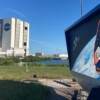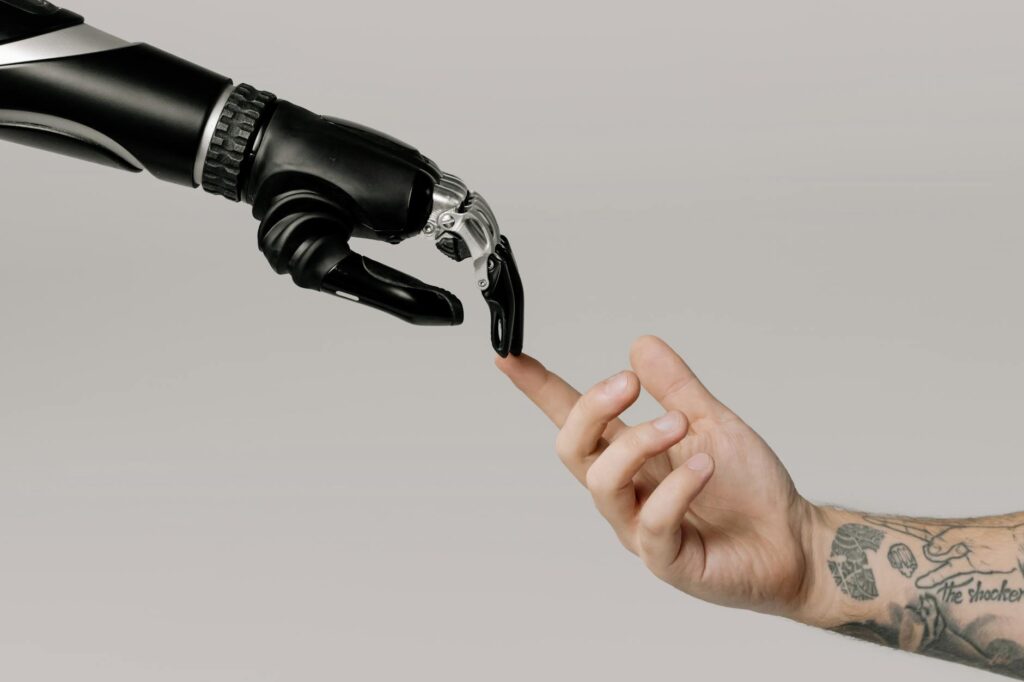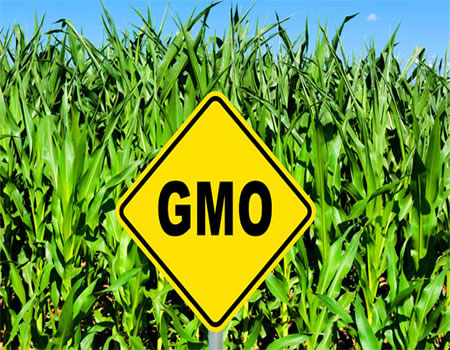Boeing Starliner Strands 2 Astronauts on International Space Station

NASA Space Technology

NASA announced on Tuesday that astronauts Suni Williams and Butch Wilmore will be returning from the International Space Station no earlier than June 26. The pair launched on June 6 in the Boeing Starliner’s first crewed flight and were slated to return after a week, according to CNN. However, NASA has now delayed the return twice to buy time to understand better the issues the spacecraft experienced during its trip to the station.
The June 6 launch was already a pushed-back ascent as NASA delayed the Starliner debut mission on May 6, just two hours before the launch. The agency ordered the delay to replace a pressure regulation valve on the Atlas V rocket’s liquid oxygen tank. When the launch finally happened, the spacecraft suffered helium leaks and its thrusters unexpectedly stopped working on approach to the ISS. On the delay, Space.com reports:
“We want to give our teams a little bit more time to look at the data, do some analysis and make sure we’re really ready to come home,” Steve Stich, manager of NASA’s Commercial Crew Program, said during a livestreamed teleconference with reporters today. Starliner can undock in case of emergency, but otherwise, testing is ongoing to learn more about the vehicle’s systems.
Stich reiterated that five of Starliner’s 28 reaction control thrusters failed during the final phase of the ISS rendezvous on June 6, though four of them eventually came back online. (Starliner succeeded on its second docking try, which occurred several hours later on June 6.) Evaluation of what happened is ongoing. As part of that effort, Boeing and NASA ground team members performed a thruster hot-fire test over the weekend alongside the astronauts, and, after that, Stich said, everyone “feels very confident.”
Stich also mentioned that the Starliner could spend up to 45 days docked to the ISS if necessary. Prolonged stays on the station aren’t completely out of the ordinary. The debut mission of SpaceX’s CrewDragon faced similar delays in orbit. Re-entries are incredibly dangerous with proven spacecraft. It’s better to be safe than sorry on the Starliner’s debut mission.
Discover more from Tamfis Nigeria Lmited
Subscribe to get the latest posts sent to your email.



 Hot Deals
Hot Deals Shopfinish
Shopfinish Shop
Shop Appliances
Appliances Babies & Kids
Babies & Kids Best Selling
Best Selling Books
Books Consumer Electronics
Consumer Electronics Furniture
Furniture Home & Kitchen
Home & Kitchen Jewelry
Jewelry Luxury & Beauty
Luxury & Beauty Shoes
Shoes Training & Certifications
Training & Certifications Wears & Clothings
Wears & Clothings

















